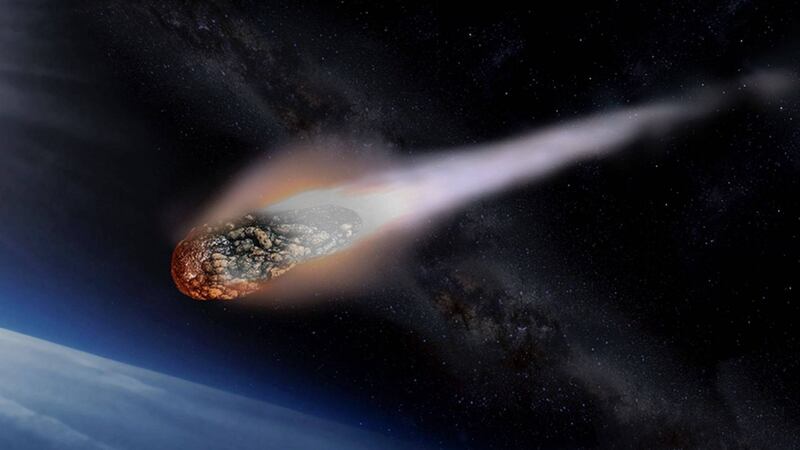The threat of an impact from a space rock is something we live with daily. There are millions of these within the Solar System, and at the moment, it is impossible to identify them all. However, members of the scientific community are constantly monitoring areas near Earth so that in the event of the arrival of an asteroid, we can learn about its characteristics and the possible repercussions of an impact.
PUBLICIDAD
By late December 2024, groups of scientists from the El Sauce Observatory in Chile identified a rock with an estimated size between 40 and 90 meters, named 2024 YR4, and sent the report to experts at the Near-Earth Object Studies Center at NASA's Jet Propulsion Laboratory.
PUBLICIDAD
The asteroid was spotted on December 27 and at that moment it was 829,000 kilometers away from Earth, moving along a path that takes it away from the planet. However, upon evaluating its course, it was determined that there will be two episodes in which it will approach: one during 2028 and another in 2032.
Initially, no alarms were triggered, but after conducting detailed analysis about this asteroid, they concluded that there is a 1.6% probability of impact. This figure is unusually high compared to the usual projections in astronomy.

Service protocol
Although the world is not experiencing absolute panic over an imminent impact, this asteroid has significantly captured the attention of scientists, who have classified it at level 3 on the Torino Impact Hazard Scale. This type of assessment instantly activates the global space defense network.
The European Space Agency (ESA) has issued a statement, disseminated by the DW portal, indicating that the asteroid 2024 YR4 probably has a diameter greater than 50 meters and a more than 1% chance of colliding at some point within the next five decades. For this reason, it meets all the necessary requirements to activate the two asteroid response groups supported by the UN: the IAWN and the Space Mission Planning Advisory Group (SMPAG).
Several astronomy agencies maintain that it is most likely that the possibility of impact will decrease until it reaches zero. Nevertheless, it is important to implement all planetary defense protocols in case any contingency arises.
